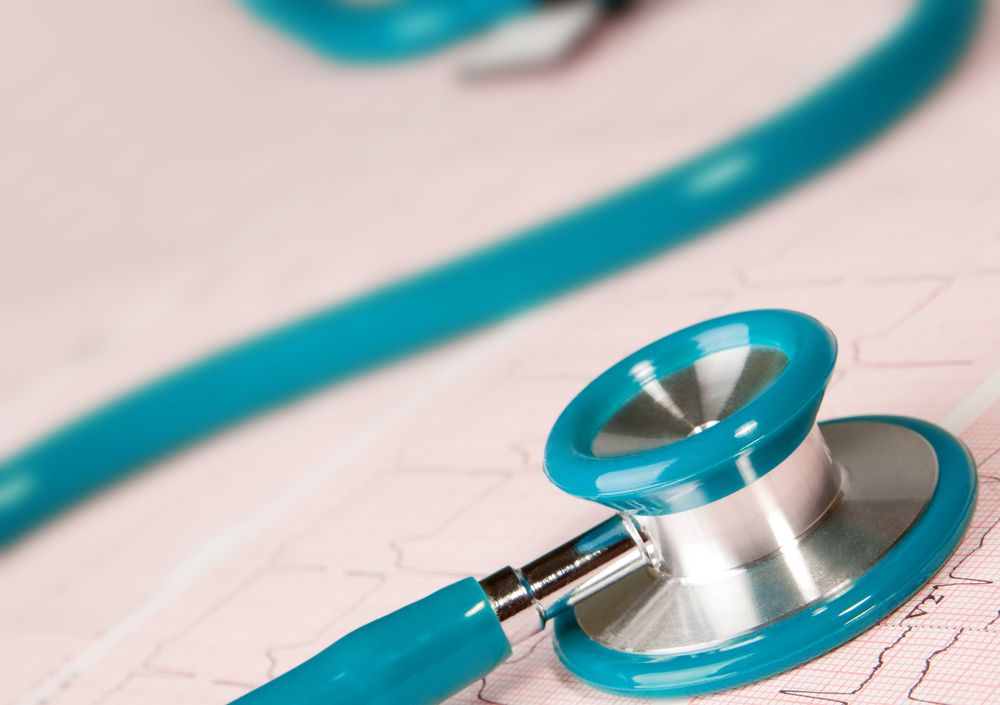ACE Inhibitor Adverse Effects: 3 Questions You Were Afraid to Ask
Like other pharmaceuticals, ACE inhibitors have their own adverse-effect profile. Find quick answers here to clinicians’ FAQs.
©piotr_pabijan/Shutterstock.com

Angiotensin-converting enzyme (ACE) inhibitors are prescribed frequently and effectively for hypertension and heart failure, as well as to reduce urine protein excretion.1 That said, like other pharmaceuticals, they have their own adverse-effect profile.
Because some of the adverse effects can be serious (eg, angioneurotic edema [ANE] and hyperkalemia), clinicians have questions regarding safety. In addition, it may be asked whether substituting other renin-angiotensin-aldosterone antagonists (such as angiotensin receptor blockers [ARBs]) after a serious adverse effect with an ACE inhibitor is safe.
Following are questions you may have about ACE inhibitor adverse effects but were afraid to ask:
1. Can you prescribe an ARB after a patient experiences ANE from an ACE inhibitor?
Although ANE is a rare complication, it may lead to intubation and death. Because the putative agent in ACE inhibitor–induced ANE is bradykinin, and because ARBs do not affect bradykinin metabolism, are they a safe substitute?
Well, ARBs also have been reported to cause ANE. But some patients have recurrent episodes of ANE from the ACE inhibitor even after discontinuation of the ACE inhibitor (usually within 1 to 6 months)! Having ANE while taking an ARB may still be a result of prior ACE inhibitor use! So, it is safe to prescribe an ARB after ACE inhibitor angioedema unless the ANE was life-threatening.
2. Is there a laboratory test to make a diagnosis of ACE inhibitor–induced ANE, and is there any therapy to counteract the effects of bradykinin?
The answer is no regarding labs. With hereditary ANE, the C2, C4, and C1 esterase inhibitor levels are low. Because ACE inhibitor–induced ANE is strictly a bradykinin-driven complication, the diagnosis is made solely by clinical suspicion in patients for whom ACE inhibitors are prescribed by physical examination.
There is a bradykinin receptor antagonist-icatibant-that can provide effective therapy, but it should be reserved for severe cases.
3. ACE inhibitors can cause an intractable, otherwise unexplained cough. What should be done if the patient needs renin-angiotensin-aldosterone antagonism?
Although there are reports of cough after switching to an ARB, the incidence is much lower (3.2% with an ACE inhibitor versus 0.6% with an ARB), so an ARB can be tried. But remember, it may take months for the ACE inhibitor cough to disappear. Do not blame the ARB for cough, particularly if it is initiated immediately after the ACE inhibitor is stopped.
Take-aways:
• Prescribing an ARB after ACE inhibitor angioedema is safe unless the ANE was life-threatening.
• There is no laboratory test to make a diagnosis of ACE inhibitor–induced ANE. There is a bradykinin receptor antagonist that can provide effective therapy.
• The incidence of cough is much lower with an ARB, so it can be tried. Do not blame the ARB for cough.
References:
1. Bezalel S, Mahlab-Guri K, Asher I, et al. Angiotensin-converting enzyme inhibitor–induced angioedema. Am J Med. 2015;128:120-125.